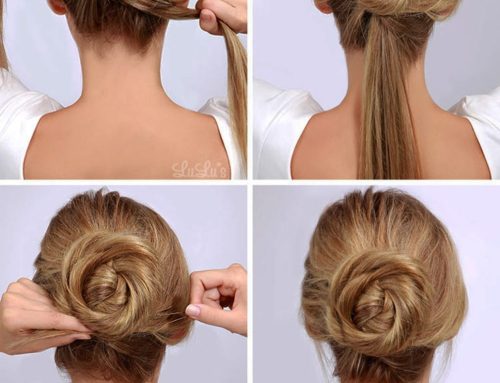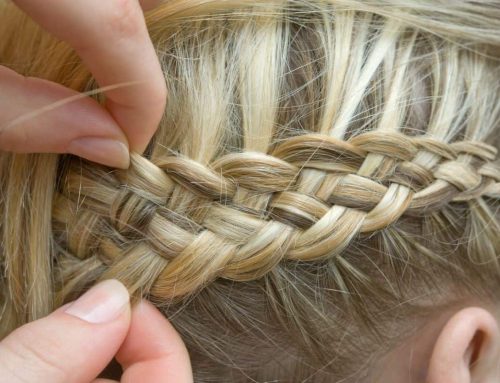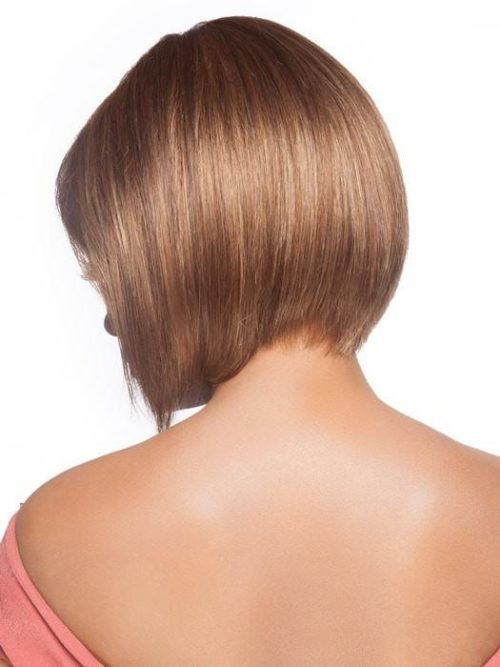If you’re like me, you love the versatility that wigs and synthetic hair extensions offer. They let you switch up your look without any long-term commitment to your natural hair. But, unlike our natural locks, synthetic hair requires a special kind of TLC to keep it looking fresh and feeling soft. In this guide, I’ll walk you through the best ways to clean, condition, and maintain your synthetic hair so it stays gorgeous for longer. Let’s dive in!
Getting Started with Synthetic Hair Care
Understanding Synthetic Hair
First things first, synthetic hair is not the same as natural hair. It’s made from man-made fibers, which means it doesn’t react to products or heat in the same way. So, you can’t just treat it like your regular hair. Instead, you’ll need to use specific techniques and products designed for synthetic hair.
Part 1: Shampooing Synthetic Hair
Step 1: Detangle with Care
Before you even think about washing your synthetic hair, grab a wide-tooth comb. This kind of comb is gentle and less likely to snag or break the fibers. If you’re dealing with tight curls, use your fingers to gently detangle instead. If the hair is particularly knotted, a little spritz of water or a wig detangler can make things easier.
Step 2: Prepare Your Shampoo Bath
Fill a tub or basin with cool or lukewarm water—never hot, as high temperatures can ruin synthetic hair. Add 1 to 2 capfuls of a mild, synthetic-safe shampoo and mix until it’s slightly soapy. The goal is to clean the hair without stripping it of its texture and shine.
Step 3: Soak the Hair
Stretch out your wig or extensions fully and place them in the tub. Make sure they’re completely submerged. Let them soak for about 5 to 10 minutes. This will help loosen any dirt or product build-up.
Step 4: Gently Swish
To clean the hair thoroughly, gently swish it around in the water. Move it up and down and side to side. Avoid scrubbing or pulling at the strands—this can cause tangling or even damage the fibers.
Step 5: Rinse with Cool Water
After soaking, take the hair out and rinse it under cool running water. This helps remove the shampoo without altering the hair’s structure. Make sure all the shampoo is washed out to prevent any residue.
Part 2: Conditioning with Care
Step 1: Prepare the Conditioner Bath
Empty and clean the tub you used for shampooing. Refill it with cool water. Mix in about half a cup (120 ml) of synthetic-safe conditioner or fabric softener. Both work well to keep synthetic hair soft, but fabric softener might make the hair feel extra silky.
Step 2: Soak and Agitate
Place your detangled hair in the conditioner solution. Make sure it’s fully submerged. Let it soak for at least 10 minutes—longer if the hair is particularly damaged. Gently agitate the hair in the water to ensure the conditioner spreads evenly.
Step 3: Skip the Rinse
Here’s a tip: don’t rinse out the conditioner or fabric softener. Leaving it in helps the synthetic fibers absorb more moisture, keeping the hair soft and manageable.
Part 3: Drying Synthetic Hair
Step 1: Remove Excess Water
Take the synthetic hair out of the conditioner bath and gently squeeze out the excess water. Do this by pressing the strands between your thumb and index finger, running your fingers down the length of the hair. Be careful not to twist or wring the hair, as this can cause damage.
Step 2: Pat Dry with a Towel
For longer wigs and extensions, use a clean towel to blot the hair gently. Avoid rubbing the hair with the towel to prevent frizz and damage.
Step 3: Air Dry
The best way to dry synthetic hair is to let it air dry. Place wigs on a wig stand, spray canister, or head form. For extensions, lay them flat on a clean surface. Avoid using blow dryers or other heat-based tools, as they can permanently alter the shape and texture of synthetic hair.
Part 4: Maintaining Synthetic Hair
Step 1: Use Synthetic-Safe Products
Regular hair products won’t cut it for synthetic hair. Invest in shampoos, conditioners, and styling products specifically designed for synthetic fibers. These products are formulated to clean and condition without causing damage.
Step 2: Detangle with a Wide-Tooth Comb
When it comes to brushing, stick to a wide-tooth comb or a wig-specific brush. Start at the ends and work your way up to the roots. This helps prevent breakage and keeps your synthetic hair looking smooth and neat.
Step 3: Avoid Overwashing
Unlike natural hair, synthetic hair doesn’t get oily. This means you don’t need to wash it as often. If you wear your wig or extensions daily, washing them once a week is enough. For occasional wear, once a month should suffice.
Step 4: Minimize Product Use
Too many products can build up on synthetic hair, making it look dull and feel rough. Stick to the essentials: a synthetic-safe shampoo, conditioner, and maybe a sheen spray. Avoid gels and heavy styling products unless they’re specifically designed for synthetic hair.
Step 5: Keep Away from Heat
Heat is a big no-no for most synthetic hair. This includes hot water, blow dryers, curling irons, and straighteners. Unless your synthetic hair is labeled as heat-resistant, exposure to high temperatures can cause it to melt or become misshapen.
Step 6: Store Properly at Night
Don’t sleep in your synthetic hair. Bedhead can ruin its shape and texture. Remove wigs and store them on a wig head. For extensions, lay them flat. If you have sewn-in extensions, consider sleeping on a satin pillowcase or braiding your hair to minimize damage.
Conclusion
Taking care of synthetic hair might seem daunting at first, but with the right techniques and products, it’s actually pretty simple. By following these steps, you can keep your synthetic wigs and extensions looking fabulous for longer. So go ahead, experiment with different styles, and rock your synthetic hair with confidence!




